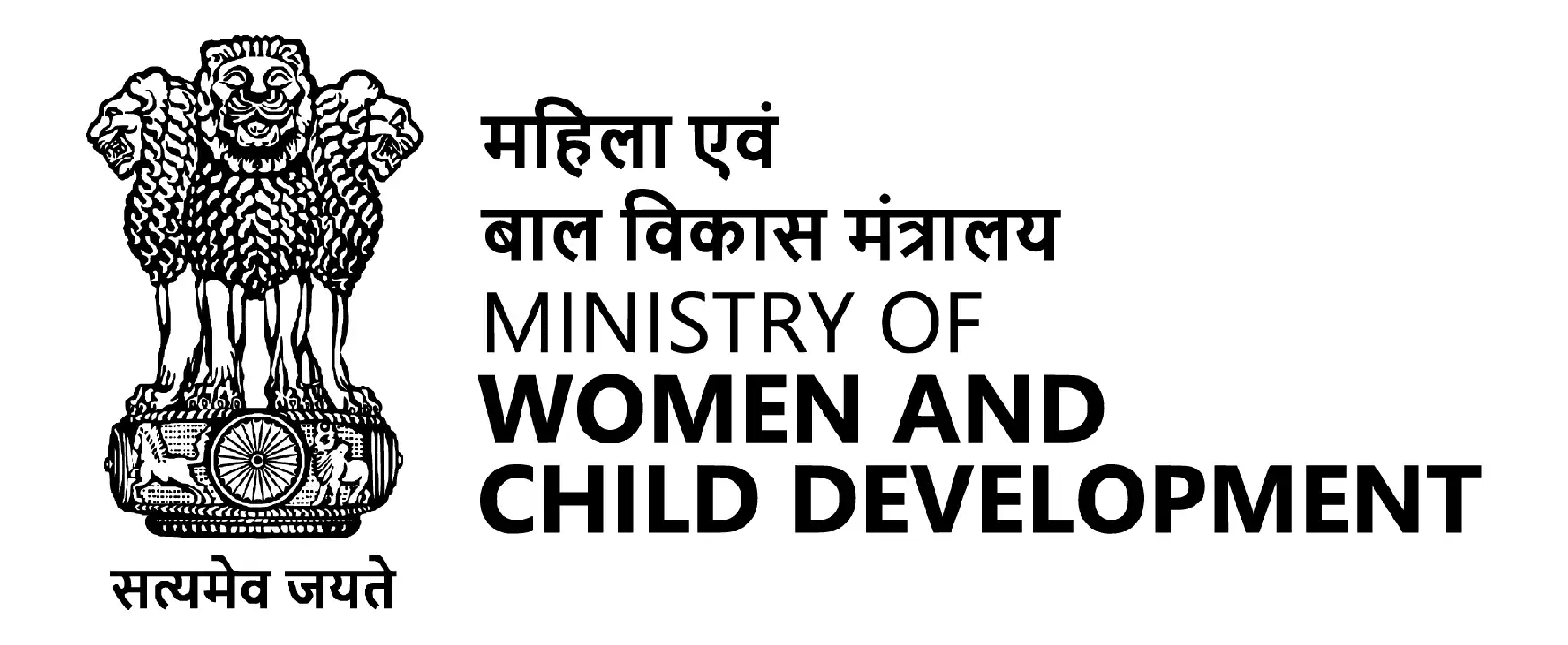Here is a quick summary of the key points under Information Technology (Guidelines for Intermediaries and Digital Media Ethics Code) Rules, 2021:
- Gender neutral provision related to complaints regarding safety and dignity: Intermediaries shall remove or disable access withing 24 hours of receipt of complaints of contents regarding non-consensual transmission that exposes the private areas of individuals, show such individuals in full or partial nudity or shows a person in sexual act or is in the nature of impersonation including morphed images etc. and such content is transmitted with the intent to harass, intimidate, threaten or abuse an individual. Such a complaint can be filed either by the individual or by any other person on his/her behalf.
- Removal / disabling of information: An intermediary, on receiving an order by a court or notice by government / agency must not host or publish any information prohibited by any law in relation to decency or morality; defamation etc. among other things. In case information is hosted or published, the intermediary must remove / disable access within 36 hours from receipt of court order or government / agency notice.
- Set up Grievance Redressal Mechanism: Intermediaries have to establish a grievance redressal mechanism for receiving and resolving complaints from users / victims. They have to appoint a Grievance Officer to deal with such complaints and share the name and contact details. Grievance Officer has to acknowledge the complaint within 24 hours and resolve it within 15 days.
- Due diligence and publishing policy for users: With respect to liability of intermediaries under Section 79 of the Information Technology Act, 2000, the Rules state that intermediaries must observe due diligence:
- They must prominently publish rules and regulations, privacy policy and user agreement for access etc. on the website and other places.
- The rules and regulations, privacy policy or user agreement must inform user not to display, upload, publish any information (among others) that:
- belongs to another person and to which the user does not have any right
- is defamatory, obscene, pornographic, paedophilic, invasive of another’s privacy, including bodily privacy, insulting or harassing on the basis of gender, libellous, racially or ethnically objectionable, relating or encouraging money laundering or gambling, or otherwise inconsistent with or contrary to the laws of India
- is harmful to minors
- impersonates another person
- Additional Due Diligence to be observed by Significant Social Media Intermediaries: Two Categories have been created (1) social media intermediaries and (2) significant social media intermediaries.
- Significant social media intermediaries have to appoint following authorities:
- Appoint a Chief Compliance Officer who shall be responsible for ensuring compliance with the Act and Rules. Such a person should be a resident in India holding Indian passport.
- Appoint a Nodal Contact Person for 24×7 coordination with law enforcement agencies. Such a person shall be a resident in India holding Indian passport.
- Appoint a Resident Grievance Officer who shall perform the functions mentioned above. Has to be a resident in India holding Indian passport.
- Deploy technology to identify sexual content: They have to endeavour to deploy technology-based measures, including automated tools or other mechanisms to proactively identify information that depicts any act or simulation in any form depicting rape, child sexual abuse or conduct.
- Other things: They have to publish periodic compliance report every six months mentioning the details of complaints received and action taken along with details of contents removed. Those providing Messaging services must enable identification of the first originator of the information. This is to be used on case of offences punishable with imprisonment of at least 5 years (including in case of rape, sexually explicit material or child sexual abuse material).
- Significant social media intermediaries have to appoint following authorities:
- Classification of content: Based on nature and type of content, self-classification of content into the following rating categories done: ‘U’, ‘U/A 7+’, ‘U/A 13+’, ‘U/A 16+’and ‘A’. Parental locks to be provided for content classified as U/A 13+ or higher and reliable age verification mechanism for content classified as “A”. Other provisions are:
- Discrimination related provisions: The Rules state that category classification of a content will take into account the potentially offensive impact of a film on matters such as caste, race, gender, religion, disability or sexuality that may arise in a wide range of works, and the classification decision will take account of the strength or impact of their inclusion.
- Language, gestures, sexual inuendoes related provisions: Films / serials with song and dance scenes comprising lyrics and gestures that have sexual innuendos would receive a higher classification, particularly where such scenes have no bearing on the context and theme of the film. Process of classification also has to take into account offensive language including that with sexual connotation and commonly understood as rude gestures. Sadistic or sexual violence, or other conduct that is demeaning or degrading to human dignity is likely to receive a higher classification.
The Rules will come in effect from the date of their publication in the gazette, except for the additional due diligence for significant social media intermediaries, which shall come in effect 3 months after publication of these Rules.
– Adv. Shivangi Prasad – Corporate Lawyer, External Member & Trainer, Head – Legal & Compliance, Partner POSHequili






